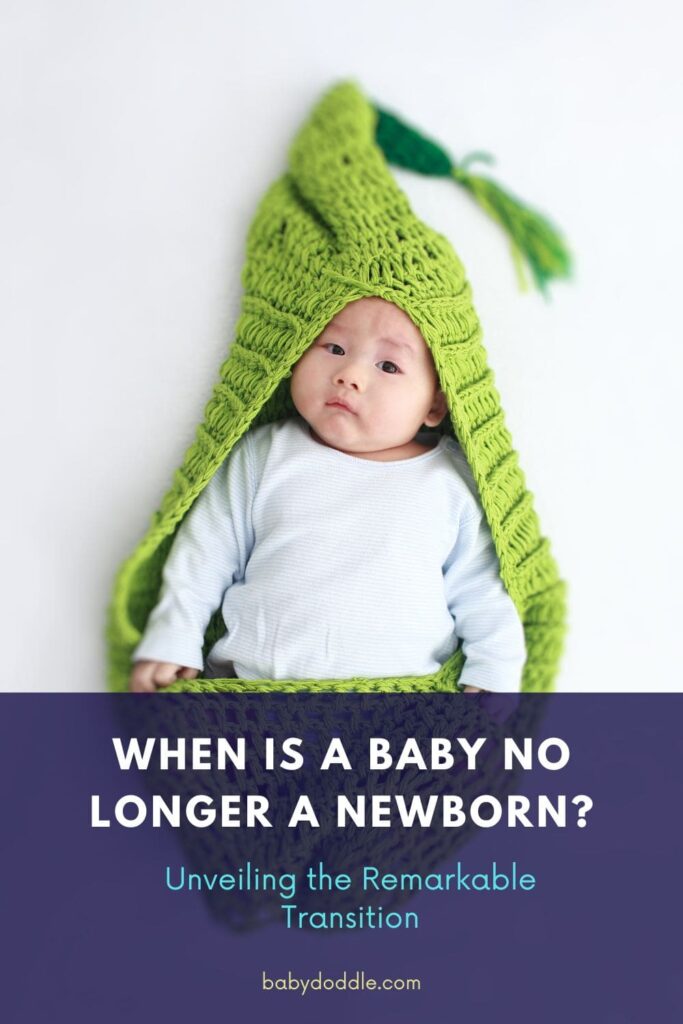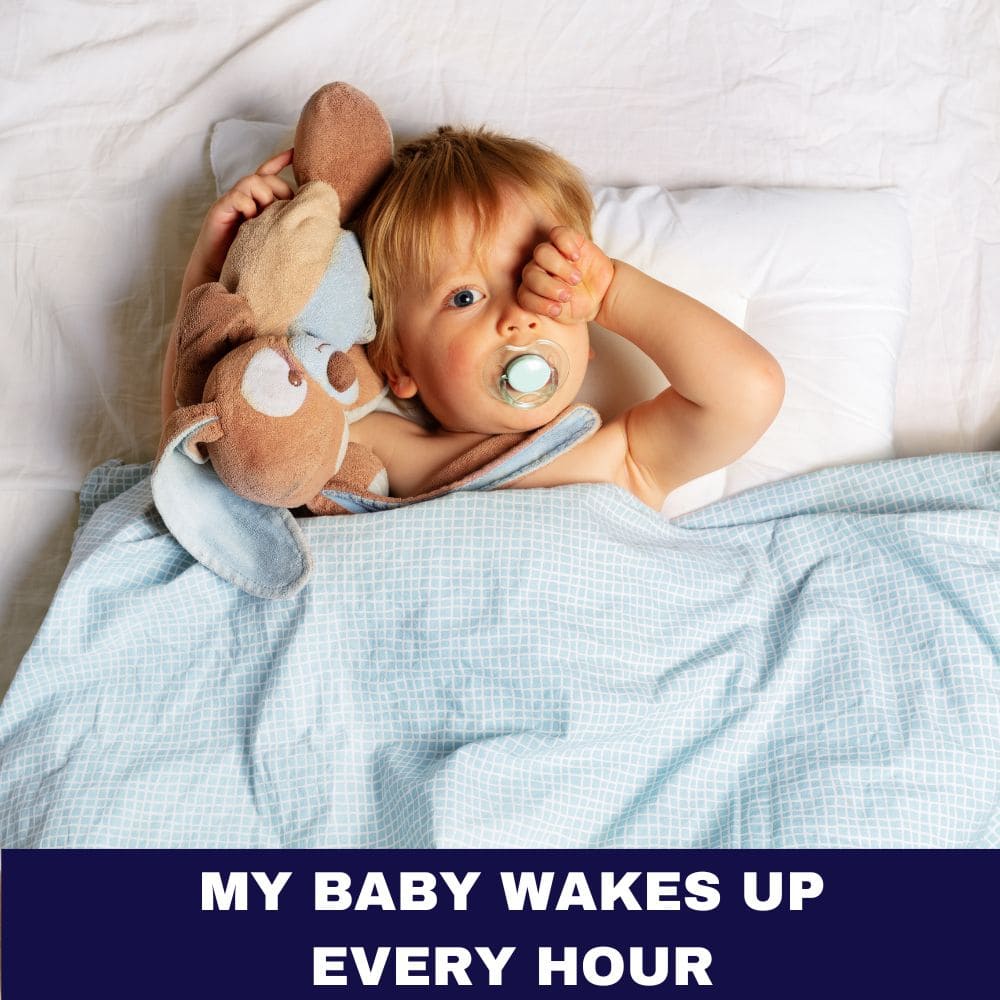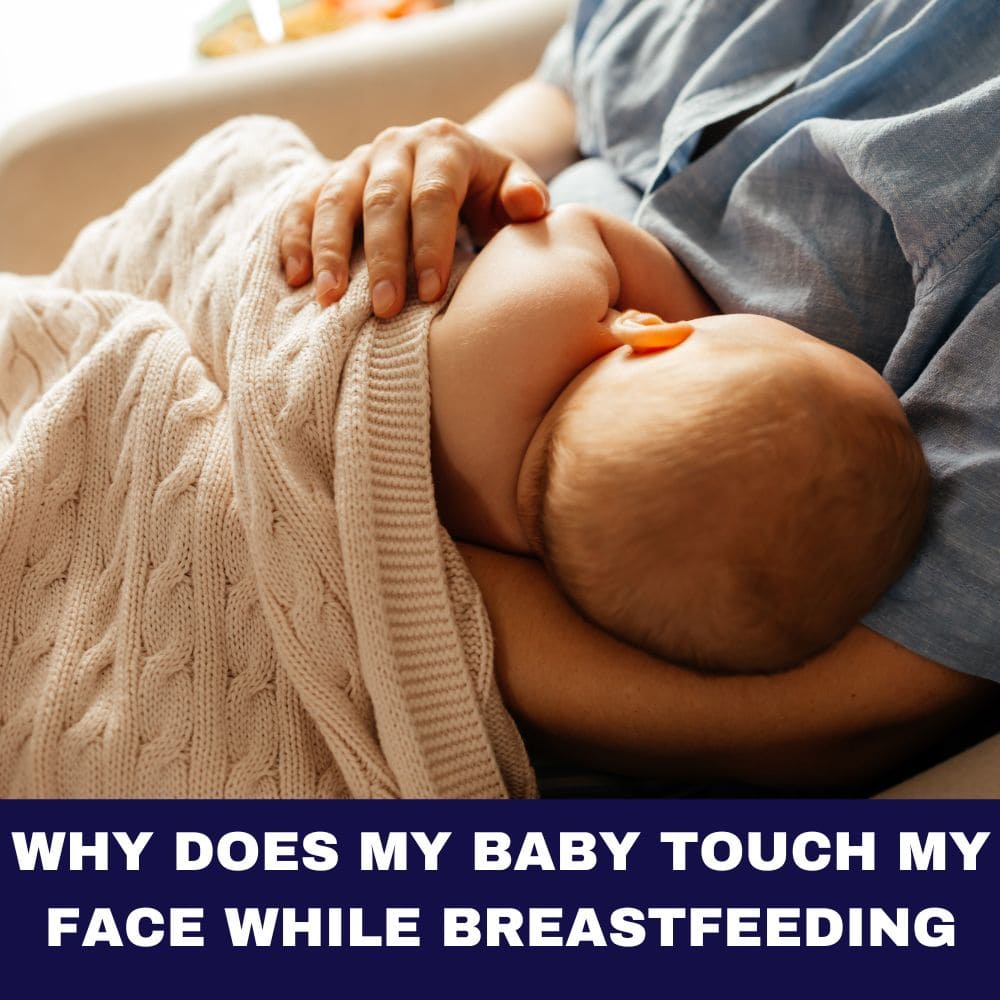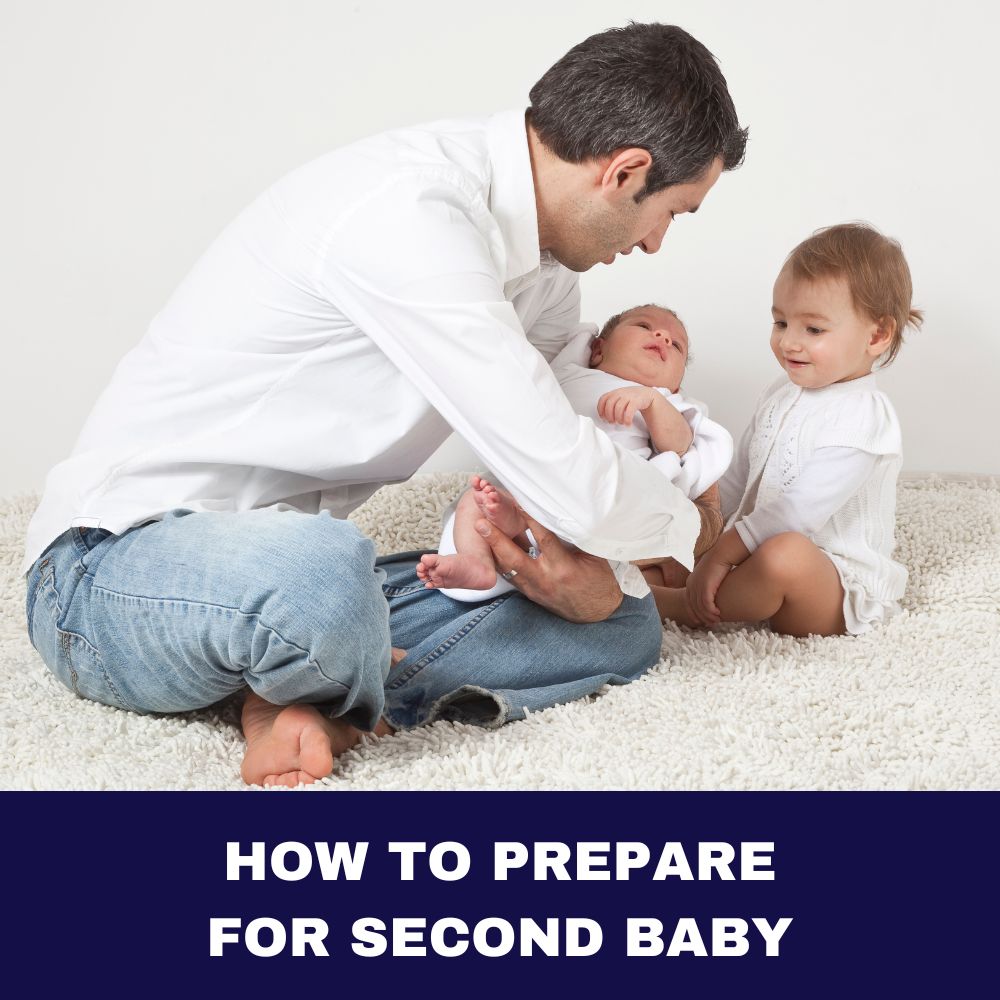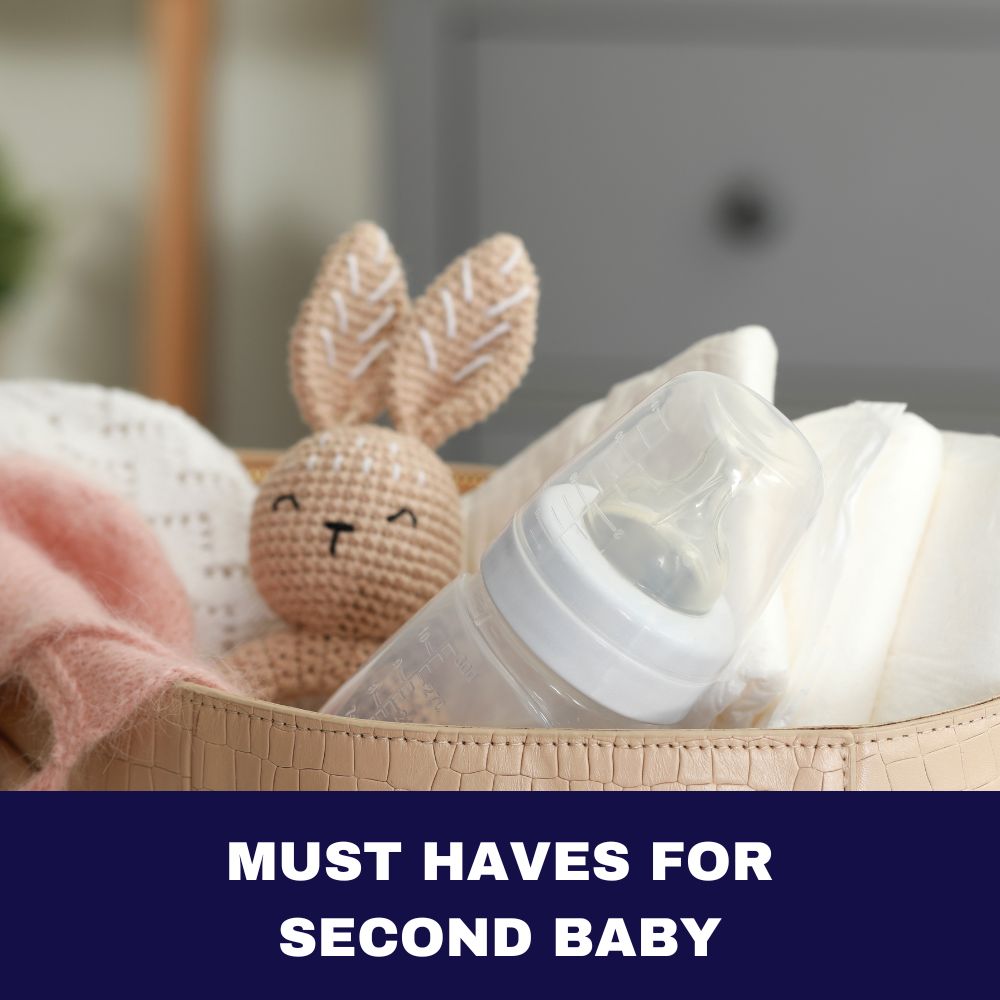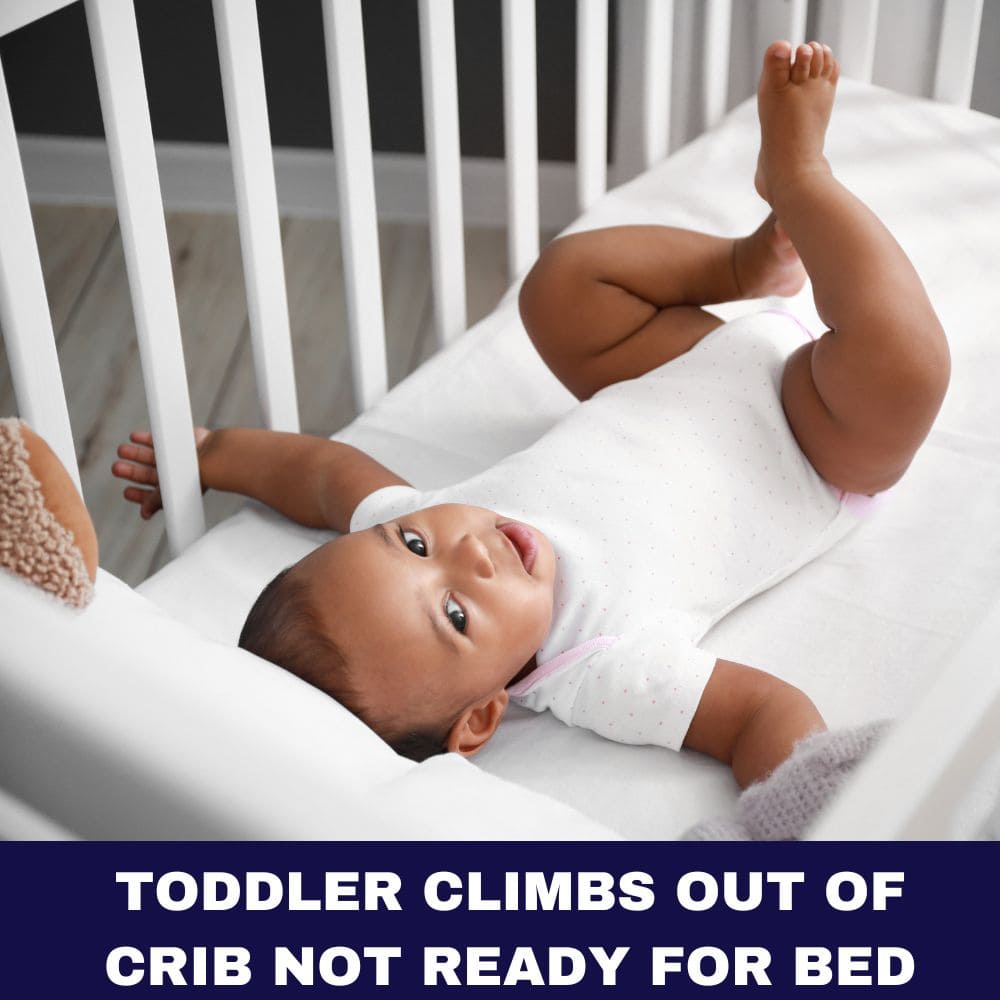Can you recall those first few weeks after bringing your little bundle of joy home from the hospital? The tiny wrinkled fingers, the soft coos, and the overwhelming love that filled your heart? Those early days are a whirlwind of emotions, sleepless nights, and constant learning. However, as the weeks go by, you might find yourself wondering, “When exactly does my baby transition from being a newborn to an infant?”
This question is a common one among parents, as the newborn stage is a fleeting yet incredibly significant period in a child’s development. Understanding when this transition occurs and recognizing the signs can help you better support your baby’s growth and adjust your parenting approach accordingly.
In this comprehensive guide, we’ll dive deep into the remarkable transformation that takes place as your newborn evolves into an infant, exploring the physical, cognitive, and emotional changes that unfold during this captivating phase.

Defining the Newborn Stage
Before we delve into the transition, let’s first understand what constitutes the newborn stage. Typically, the term “newborn” refers to the first 2 to 4 months of a baby’s life, a period characterized by rapid growth and development.
During this time, your little one is adjusting to life outside the womb, and their needs are incredibly high. Physically, newborns are fragile and completely dependent on their caregivers for sustenance, warmth, and comfort. Cognitively, their brains are rapidly absorbing and processing the new stimuli they encounter, laying the foundation for future learning and development.
Sleep patterns during the newborn stage are often irregular and characterized by frequent waking, as your baby’s internal clock is still adjusting to the world around them. Feeding becomes a primary focus, with newborns requiring frequent nourishment to support their growth and development.
Emotionally and socially, newborns are just beginning to form attachments with their caregivers, recognizing familiar voices and faces and developing a sense of trust and security.
The Remarkable First Three Months
The first three months of a baby’s life are nothing short of extraordinary. During this time, your little one will undergo rapid physical growth and development, achieving significant milestones that may leave you in awe.
One of the most notable changes is the weight gain. While newborns typically lose a bit of weight initially, they quickly make up for it and begin packing on the pounds as they grow. You’ll also notice improvements in muscle control, with your baby gradually becoming stronger and more coordinated.
Increased alertness is another remarkable milestone during this period. Your once sleepy newborn will become more engaged with their surroundings, tracking movements and objects with their eyes, and responding to sounds and voices with increased interest.
Cognitive and Sensory Advancements
As your baby transitions from the newborn stage, their cognitive abilities and sensory perception will also undergo remarkable developments. You’ll be amazed at how quickly they learn and adapt to their environment.
During this period, your baby’s vision will become sharper, and they’ll be able to focus on objects and faces more clearly. Their hearing will also improve, allowing them to better distinguish different sounds and respond to familiar voices.
Cognitively, your baby will begin to process information more efficiently, showing signs of recognition, memory, and problem-solving skills. You might even catch them experimenting with cause and effect, such as shaking a rattle to produce a sound or kicking their legs to move a toy.
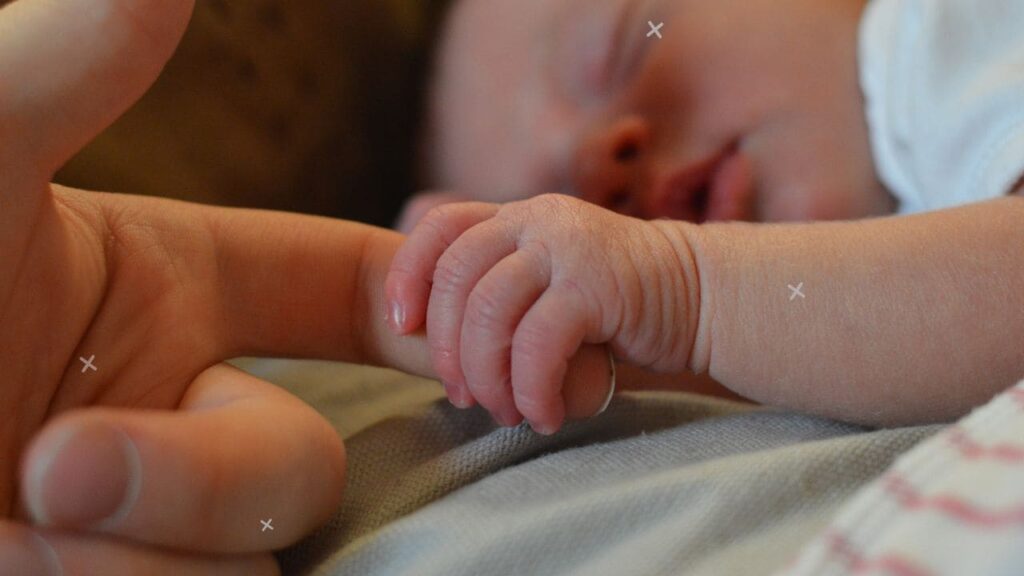
Understanding Your Baby’s Development
As your baby transitions from the newborn stage to infancy, you’ll be amazed by the rapid developmental strides they make. It’s crucial to understand and appreciate these milestones, as they signify your little one’s healthy growth and development.
Between 4 and 6 months, most babies achieve the exciting milestone of rolling over, both from tummy to back and back to tummy. This newfound ability is not only a source of delight but also an important step in developing their motor skills and strength.
Around the same time, you may notice your baby attempting to sit up with support, gradually gaining control over their neck and back muscles. This progression paves the way for them to eventually sit unassisted, typically occurring between 6 and 8 months.
The crawling phase usually follows shortly after, with babies starting to move around on their hands and knees, exploring their surroundings with newfound mobility. This milestone, often achieved between 7 and 10 months, marks a significant step towards independence and a whole new level of adventure (and baby-proofing for you!).
Cognitive and language developments are equally fascinating during this period. Your baby will start responding to simple commands, recognizing familiar words, and gradually understanding more complex concepts. They may even begin imitating sounds and gestures, paving the way for their first words and attempts at communication.
While these are general timelines, remember that every child is unique, and some may reach certain milestones earlier or later than others. What’s most important is to celebrate each achievement, no matter how small, and provide a nurturing environment that supports your baby’s growth and development.
| Age Range | Physical Milestones | Cognitive Milestones |
|---|---|---|
| 4-6 months | – Rolls over both ways – Starts to sit with support – Reaches for objects | – Responds to familiar faces and voices – Babbles and makes consonant sounds – Shows curiosity about surroundings |
| 6-9 months | – Sits independently – Starts crawling – Pulls to stand | – Responds to simple commands – Plays games like peek-a-boo – Understands object permanence |
| 9-12 months | – Crawls well – May take first steps – Picks up small objects with thumb and finger | – Imitates words and gestures – Follows simple instructions – Solves simple problems |
Emotional and Social Development
Along with physical and cognitive growth, your baby’s emotional and social development will also take significant strides during the transition from newborn to infant.
As they become more alert and engaged with their surroundings, you’ll notice your baby’s ability to recognize familiar faces and voices, particularly those of their primary caregivers. This recognition is a crucial step in forming secure attachments and building trust.
Your baby will also begin to exhibit a range of emotions, from joy and excitement to frustration and discomfort. They’ll start to communicate their needs through cries, coos, and facial expressions, and you’ll gradually learn to interpret their unique language.
During this time, you may also notice your baby becoming more responsive to social interactions, engaging in back-and-forth “conversations” with you through eye contact, smiles, and babbling.
Nurturing Bonding and Attachment
As your baby transitions from the newborn stage to infancy, fostering a strong bond and secure attachment becomes increasingly important. This deep connection not only provides a sense of safety and security for your little one but also lays the foundation for their emotional and social development.
Responsive parenting, which involves being attuned to your baby’s cues and responding promptly and consistently to their needs, is key to nurturing this bond. Maintain eye contact during feedings and diaper changes, engage in interactive play, and practice skin-to-skin contact whenever possible. These simple gestures help your baby feel seen, heard, and valued, building trust and a sense of security.
Creating a safe and nurturing environment is also crucial for your baby’s emotional and social well-being. Provide ample opportunities for exploration and discovery while ensuring their safety. Introduce new experiences gradually, respecting their comfort levels and allowing them to approach unfamiliar situations at their own pace.
It’s important to note that some parents may face challenges in establishing a strong bond, such as postpartum depression or other emotional or mental health concerns. If you’re struggling with bonding or attachment issues, don’t hesitate to seek support from healthcare professionals or join parent support groups. With the right guidance and resources, you can overcome these obstacles and foster a deep, lasting connection with your little one.
Remember, the bond you create during this transitional phase will serve as the foundation for your child’s lifelong emotional security and healthy relationships. Embrace the journey, celebrate the small moments, and cherish the opportunity to nurture this incredible connection.
Signs Your Baby Is Transitioning out of The Newborn Stage
As your baby approaches the end of the newborn stage, you’ll begin to notice certain signs that indicate they are transitioning into infancy. Here are some of the key indicators to look out for:
Increased Alertness: Your baby will spend more time awake and engaged with their surroundings, exhibiting curiosity and interest in their environment.
Longer Stretches of Wakefulness: While newborns tend to sleep for shorter periods, your baby will start to have longer periods of wakefulness, allowing for more interaction and playtime.
Developmental Milestones: You’ll witness exciting milestones like rolling over, sitting up with support, and even attempting to crawl, indicating your baby’s physical and cognitive development.
Increased Motor Control: Your baby will become more coordinated, gaining better control over their movements and ability to grasp objects.
Changing Sleep Patterns: As your baby’s circadian rhythms develop, their sleep patterns may become more predictable, with longer stretches of sleep at night.
Growing Curiosity and Engagement: Your baby will become more engaged with their surroundings, showing increased interest in exploring and interacting with toys, books, and other objects.

Signs That Your Baby is No Longer a Newborn
While the transition from newborn to infant is gradual, there are several clear signs that indicate your baby has moved beyond the newborn stage. Here are some of the most common indicators:
- Feedings are quicker: As your baby becomes more efficient at feeding, mealtimes may become shorter and less frequent.
- Your baby can hold their head up: This milestone, typically achieved around 3-4 months, is a clear sign that your baby is gaining strength and control over their movements.
- Your baby starts to show some personality: As your little one becomes more aware and responsive, their unique personality traits will begin to shine through, bringing you endless joy and amusement.
- You leave the house more often: With your baby becoming more adaptable and less dependent on strict routines, venturing out for errands or social gatherings may become easier.
- You’re taking fewer pictures/posting fewer social media updates: While capturing every moment was once a priority, the novelty of your baby’s every move may have worn off a bit, allowing you to enjoy the present more fully.
- Baby is sleeping longer (…maybe): While not a guarantee, some babies start to sleep for longer stretches at night, giving you a much-needed break.
- Baby can roll over: This exciting milestone, typically achieved between 4-6 months, signifies your baby’s growing strength and coordination.
- Baby stays entertained long enough to cook or take a shower: As your baby’s attention span increases, you may find yourself able to accomplish tasks without constant supervision.
- You’re introducing solid foods: Around 6 months, your baby will start exploring new tastes and textures, marking a significant milestone in their development.
- Your baby starts to drool: Excessive drooling often accompanies teething, a clear sign that your little one is growing up rapidly.
- Keep their nails trimmed: With your baby’s increased mobility and grabbing tendencies, regular nail Taming the Temper Tantrums trimming becomes a necessity to prevent accidental scratches.
| Physical Signs | Cognitive/Social Signs | Sleeping and Feeding Signs |
|---|---|---|
| – Can hold head up steadily – Rolls over both ways – Starts teething – Gains better motor control | – Responds to name – Imitates sounds and gestures – Shows interest in surroundings – Exhibits distinct personality traits | – Sleeps for longer stretches – Feeds more efficiently – May start solid foods – Develops consistent patterns |
Taming the Temper Tantrums
As your baby transitions from the newborn stage to infancy, you may find yourself encountering a new challenge: temper tantrums. While these emotional outbursts can be frustrating and overwhelming for parents, it’s important to understand that they are a normal part of your baby’s development.
During this phase, babies are becoming increasingly aware of their surroundings and starting to assert their independence. However, their ability to communicate their needs and desires is still limited, leading to frustration and occasional meltdowns.
One of the most effective strategies for managing temper tantrums is to remain calm and patient. Your baby can sense your emotions, and responding with anger or frustration may only escalate the situation. Instead, try to soothe your little one with gentle words, hugs, or distractions.
Understanding your baby’s nonverbal cues is also crucial. Pay attention to signs of fatigue, hunger, or overstimulation, and address these needs promptly before they lead to a full-blown tantrum.
Setting reasonable expectations for your baby’s behavior is equally important. Remember that their ability to regulate their emotions is still developing, and it will take time and consistent guidance for them to learn appropriate ways of expressing their feelings.
When tantrums do occur, avoid giving in to demands or rewarding the behavior, as this can reinforce the negative pattern. Instead, consistently reinforce positive behaviors through praise and encouragement. This approach will gradually teach your baby that tantrums are not an effective way to get what they want.
Finally, don’t hesitate to seek support from friends, family, or professionals if you’re struggling to manage your baby’s tantrums. Parenting can be challenging, but you don’t have to go through it alone.
| Technique | Description |
|---|---|
| Stay Calm | Respond with a gentle, soothing voice and demeanor. Avoid getting angry or raising your voice. |
| Distract and Redirect | Offer a toy, book, or engage your baby in a new activity to shift their focus. |
| Use Physical Comfort | Hold, rock, or offer a pacifier or comfort object to help calm your baby. |
| Take a Break | If the tantrum escalates, remove your baby to a safe, quiet space to allow them to regain composure. |
| Praise Good Behavior | Reinforce positive behaviors with praise and attention to encourage more of them. |
Caring for Your Growing Infant
As your baby transitions from the newborn stage to infancy, their needs and routines will evolve. Here are some tips to help you navigate this exciting phase:
Sleep Patterns:
- Establish a consistent bedtime routine to help your baby develop healthy sleep habits.
- Create a calming sleep environment with dim lighting and white noise, if needed.
- Be flexible and responsive to your baby’s changing sleep patterns, adjusting nap times and bedtimes as necessary.
Feeding Changes:
- Gradually introduce solid foods around 6 months, following your pediatrician’s guidance.
- Offer a variety of nutrient-rich foods and expose your baby to different flavors and textures.
- Respond to your baby’s hunger cues and let them guide the pace of feedings.
Stimulating Development:
- Engage your baby’s senses through interactive play, reading, singing, and exploring different textures and sounds.
- Encourage tummy time to strengthen neck and core muscles.
- Provide age-appropriate toys that promote cognitive and motor skill development.
Social Interaction:
- Respond to your baby’s cues and engage in back-and-forth communication through eye contact, smiles, and vocalizations.
- Introduce your baby to new people and environments gradually, respecting their comfort levels.
- Encourage social interactions with other babies
As your little one progresses from the newborn stage to infancy, you’ll need to adjust your parenting approach to meet their evolving needs. Here are some practical tips to help you navigate this transition smoothly:
Swaddling: While swaddling can provide comfort and security for newborns, as your baby grows, they may start to resist being swaddled. Pay attention to their cues and gradually transition away from swaddling when they seem ready.
Make a to-do list that you can achieve one-by-one: The transition can be overwhelming, so break down tasks into manageable steps. Celebrate small victories as you adjust to your baby’s changing needs.
Enjoy this stage—it doesn’t last long! As bittersweet as it may be to see your newborn grow, cherish every moment. Take time to savor the milestones and find joy in your baby’s developing personality and skills.
Have an emergency pack ready for unexpected travel or accidents in the home: With a more mobile and curious infant, being prepared for unexpected situations can help you maintain a sense of calm and control.
When to Seek Professional Guidance
While the transition from newborn to infant is a natural process, it’s essential to be aware of potential concerns that may arise during this phase. Don’t hesitate to consult with your pediatrician or other healthcare professionals if you have any questions or concerns, such as:
- Delays in reaching developmental milestones
- Persistent sleep issues or feeding difficulties
- Signs of illness or discomfort
- Concerns about your baby’s growth or weight gain
- Questions about introducing solid foods or adjusting routines
Your healthcare providers are there to support you and ensure that your baby’s development is on track. Regular check-ups and open communication can help address any issues promptly and provide you with the guidance you need during this transitional period.
Balancing Work and Parenting
For many parents, the transition from the newborn stage coincides with the end of maternity or paternity leave and a return to work. Balancing these newfound responsibilities can be a significant challenge, but with proper planning and support, it is possible to thrive in both roles.
One of the first steps is to explore childcare options that align with your family’s needs and values. This may include daycare centers, in-home daycares, nannies, or relying on the support of family members. It’s important to research each option thoroughly, taking into account factors such as cost, location, curriculum (if applicable), and the caregiver-to-child ratio.
During this transition, it’s natural to experience a range of emotions, including guilt, stress, and anxiety. Be gentle with yourself and acknowledge that these feelings are valid. Seek support from your partner, friends, or a professional counselor if needed.
Maintaining open communication with your employer is also crucial. Discuss your needs and explore flexible work arrangements, such as remote work options, flexible schedules, or part-time opportunities. Many companies now offer parental leave policies or other benefits to support working parents, so be sure to inquire about these resources.
When you’re at work, focus on being present and productive, but also remember to set boundaries. Avoid the temptation to constantly check in on your baby or respond to non-urgent matters during work hours. Instead, schedule dedicated breaks or check-in times to avoid burnout and maintain a healthy work-life balance.
Finally, don’t forget to make time for self-care. Whether it’s scheduling a regular date night with your partner, pursuing a hobby, or simply taking a few moments each day for quiet reflection, prioritizing your own well-being will help you be a better parent and employee.
Balancing work and parenting is an ongoing journey, and there may be days when you feel overwhelmed or like you’re not doing enough. Remember that you’re not alone in this experience, and with patience, flexibility, and a strong support system, you can navigate this transition with
Conclusion
As your newborn undergoes the remarkable transition to infancy, embracing this journey with patience, love, and a deep understanding of their changing needs will help nurture their overall well-being. By recognizing the milestones and adjusting your parenting approach accordingly, you can provide the necessary support and create a strong foundation for your little one’s continued growth and development.
Remember, every baby is unique, and their progress may differ from the typical timelines or expectations. Celebrate your little one’s individuality and trust your instincts as a parent. With unwavering love, patience, and a willingness to adapt, you’ll be able to navigate this transformative phase with grace and joy.
As you embark on this incredible adventure, cherish the moments, embrace the challenges, and never hesitate to seek support when needed. The transition from newborn to infant is a remarkable journey, and you have the privilege of being your baby’s guide every step of the way.
FAQ – When is a Baby No Longer a Newborn
How long does the newborn stage typically last?
The newborn stage is generally considered to be the first 2 to 4 months of a baby’s life. However, it’s important to note that every baby is unique, and the timing of this transition can vary. Some babies may exhibit signs of transitioning out of the newborn stage earlier or later than this timeframe. The key is to watch for developmental milestones and cues from your little one rather than focusing strictly on age.
What are some of the most common signs that a baby is no longer a newborn?
Some of the most notable signs that a baby is transitioning out of the newborn stage include increased alertness and longer periods of wakefulness, improved motor control and coordination (e.g., holding their head up, rolling over), changing sleep patterns with longer stretches of sleep, and the development of distinct personality traits. Additionally, babies may start showing interest in solid foods, exhibiting improved cognitive abilities, and responding more readily to social interactions.
Is it normal for babies to experience temper tantrums during this transition?
Yes, it’s perfectly normal for babies to experience temper tantrums as they transition from the newborn stage to infancy. During this phase, babies are becoming more aware of their surroundings and developing a stronger sense of independence, but their ability to communicate their needs and emotions is still limited. Tantrums are often a result of frustration and can be managed through patience, distraction techniques, and consistent positive reinforcement of good behavior.
When should I introduce solid foods to my baby?
Most pediatricians recommend introducing solid foods around 6 months of age, but it’s essential to watch for signs that your baby is developmentally ready. These signs include the ability to sit up with support, good head and neck control, and an interest in the foods you’re eating. Start with single-ingredient purees and gradually introduce a variety of textures and flavors as your baby becomes more accustomed to solid foods.
How can I maintain a healthy work-life balance as a parent during this transition?
Balancing work and parenting responsibilities can be challenging, but there are several strategies that can help. First, explore childcare options that align with your family’s needs and values, such as daycare centers, in-home daycares, nannies, or relying on family support. Maintain open communication with your employer and explore flexible work arrangements or parental leave policies. Additionally, prioritize self-care by scheduling regular date nights, pursuing hobbies, or taking a few moments each day for quiet reflection. Building a strong support system and being realistic about your expectations can also help you navigate this transition more smoothly.
